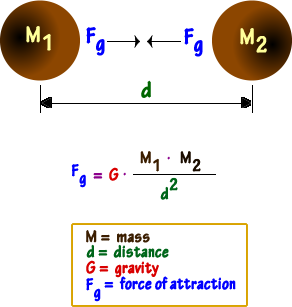
Force Concepts
Initial perceptual naive misconceptions (any age)
Misconceptions (Explanations, Naive understanding, Misconceptions, or Perceptual responses)
- Force continues to push after acting on the object. Like when it is gliding.
- An object a person is sitting or standing on doesn’t push back with equal force. The person is just resting on it. The reaction force doesn’t exist.
- A force is put on a projectile when it is launched and the force gradually decreases causing the object to slow and eventually stop when the force is used up. A thrown rock, hit ball, bullet.
- Friction is not a force.
- Friction slows objects or doesn’t allow them to move. Friction can use up the force.
- Friction is only present when something is rubbing against a moving object.
- If something is moving there must be a greater force on it.
- If you jump the force is greater than gravity. If an airplane is rising, then lift must be greater than gravity.
- The faster an object is moving the greater the force on it.
- Objects move in the direction of the strongest force.
- When a car brakes, the passengers experience a sudden forward force.
- Objects in motion can curve and make centrifugal force.
- It is possible to start and stop without accelerating or decelerating.
Gravity
- Weightlessness means no gravity.
- Heavier objects fall faster than lighter ones.
- Gravity is a very strong force.
- There is no gravity in space, on the moon, in a vacuum,
- Gravity is caused by Earth’s spin, air pressure, push from above.
- Gravity is weaker under water.
- Gravity is stronger the higher you are in a building or mountain that’s why it is easier to fall.
- Gravity will be stronger the longer and object falls.
- Shape affects gravity
- Gravity is weaker the higher you go. That’s why things fall faster the farther they fall.
- Astronauts are weightless because they are beyond Earth’s gravity.
- Gravity is the attraction of the larger body. The Earth and me are not attracted by other objects pulling up.
- Gravity causes objects to fall down through the center of the Earth and out the other side if there was a hole in through the Earth.
- Gravity pulls objects towards the south pole and if the Earth would not stop it they would go off into space away from the south pole.
- Gases are not affected by gravity.
Weightless
- Weightlessness is a result of being in space.
- Weightlessness only happens in a space vehicle.
- Weightlessness happens with the absence of air.
- Weightlessness happens when an object leaves Earth.
- Emptiness or nothingness creates weightlessness.
- Free fall near Earth does not have weightlessness.
- There is an additional force involved with free fall.
Beginning (preschool - 7 years)
Concepts
- An object can be moved with a push or pull.
- The distance of the motion is related to the size of the push or pull.
- Objects near the Earth fall unless held.
- Magnets can make some objects move.
Intermediate (7 years - 11 years)
Concepts
- Force, mass, and movement are related.
- The greater the force, the greater the change of direction.
- Friction is a force that can slow an object.
- The Earth's gravity pulls objects toward the center of the Earth.
- Magnets push or pull other magnets and objects made from iron or cobalt.
- Electricity can push and pull other objects.
Literate (11+)
Concepts
- An object that is not being subjected to a force will continue to move at a constant speed and in a straight line.
- If more than one force acts on an object along a straight line, then the forces will reinforce or cancel one another, depending on their direction and magnitude.
- Unbalanced forces will cause changes in the speed or direction of an object's motion.
- All objects have a gravitational force that interacts with another objects gravitational force proportional to the masses and distances.
- Electricity and magnetism can exert a force on each other.
Gravity
- Gravity is the force of attraction between masses.

Weight
- Weight is another name for gravitational force.
- Weight is the force exerted by an object against a support and is equal to the force exerted by the support on the object.
- Weightlessness is never absolute, there is always some, maybe very small weight.
- Gravitational force and weight being the same, decrease with increasing distance from the Earth?
Weightless
- Weightlessness is the result of no force being excerted on the body. It can be achieved by motion that exceeds gravity and puts the body in a certain free fall. It can also be achieved by being in a position that is far enough away from gravitational forces of massive bodies.
Relative position and motion - see Process skills - relative position and motion